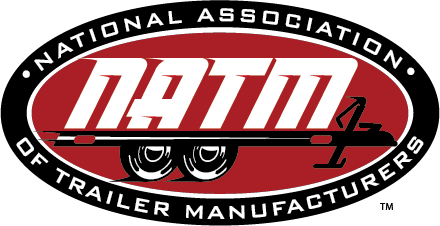Technical - Valve Troubleshooting
Inspection
It is unusual for a King of the Road valve to have a problem; most complaints can be isolated to other components in the system. Before troubleshooting a height control valve check all air line tubing, fittings, air shocks or springs and other components that are tied into the air system. Inspect for cuts, punctures or other damage that may cause an air leak or not allow the HCV to not function properly. Repair any problems before continuing with troubleshooting.
| Problem | Procedures |
|---|---|
Valve Leaks Air |
To find a leak in the valve area, pressurize the system to normal operating pressure, and then spray valve and fittings with soapy water solution to detect leak location. No leak found – Do not remove valve, first check balance of system. Leak at air line to valve – If fittings are not tight, tighten to 35-40 in/lbs. Do not over-tighten or valve body may deform. Recheck for leaks. If valve still leaks, remove fitting and make sure gasket is in place in the adapter. Replace gasket if damaged or missing. Reinstall fittings and retest for leaks. If valve leaks, return for warranty consideration. |
Valve Does Not Intake or Exhaust |
If the valve does not intake or exhaust, disconnect link from valve actuating arm and move arm down briefly, then up approximately 2” (measured at the end of the arm). After a delay of 2-14 seconds air should begin to enter the system. Move arm down 2”. After a delay of 2-14 seconds air should begin to exhaust. Note that valves for some applications may have significantly longer delay times (as high as 45 seconds), though this is rare. If valve does not intake or exhaust, remove and return for warranty consideration. |
Vehicle Rises and FallsAn intake leak will cause the load to rise and fall. If the intake is leaking, the load will rise. When the control arm actuates the valve, the load will fall slightly. This action repeats. |
If the vehicle rises and falls continually, disconnect linkage from the end of the valve actuating arm and attempt to move the arm into a neutral or "dead band” position. With the arm within the deadband, no air should pass into or out of the system. If air cannot be shut off in the deadband, remove the valve and return for warranty consideration. |
System Leaks Down When OffThis can be caused by a leak anywhere in the system after the valve or by an exhaust core leak in the valve itself. |
To check the valve exhaust core, pump up the system, remove the link from the end of the actuating arm and hold the valve arm in the central ‘deadband’ position. There should be no air escaping from the valve. If air is escaping from the valve, remove and return for warranty consideration. |
See warranty details for specific terms, conditions, and return policies.


